
If you’ve seen pictures of forests that are colored red and pink, you might have wondered what makes them so. No, it’s not Photoshop — in fact, these are called infrared forest images, and they can help us see details about natural reserves that we wouldn’t be able to see otherwise. It’s super interesting to learn about how different types of light convey details about the health and variety of a forest. Check out these 10 amazing facts about infrared forests 🙂
 1) There are “true-color” and “false-color” images. True-color refers to colors as they would appear to a human (i.e., green for trees and vegetation, dark blue/grey for water). False-color images often use near infrared light, which shows trees and vegetation in a red color.
1) There are “true-color” and “false-color” images. True-color refers to colors as they would appear to a human (i.e., green for trees and vegetation, dark blue/grey for water). False-color images often use near infrared light, which shows trees and vegetation in a red color.
 2) “A red forest is just as real as a dark green one,” NASA explains on its website. That’s because while human eyes interpret trees as green, infrared images are able to collect other types of information beyond the human eye.
2) “A red forest is just as real as a dark green one,” NASA explains on its website. That’s because while human eyes interpret trees as green, infrared images are able to collect other types of information beyond the human eye.
 3) Infrared (IR) light is one of the types of radiation that’s invisible to the human eye, because its wavelengths aren’t included in the human eye spectrum. Even though we can’t see infrared, however, we can experience it through heat and temperature.
3) Infrared (IR) light is one of the types of radiation that’s invisible to the human eye, because its wavelengths aren’t included in the human eye spectrum. Even though we can’t see infrared, however, we can experience it through heat and temperature.
 4) Each type of land, leaf, and tree absorbs part of the electromagnetic spectrum, transmits a part, and reflects the rest in different amounts. Plant leaves absorb almost all of the visible light energy, using it for photosynthesis, then reflects the rest. In infrared images, leaves absorb, transmit, and reflect light differently, making them red in the image.
4) Each type of land, leaf, and tree absorbs part of the electromagnetic spectrum, transmits a part, and reflects the rest in different amounts. Plant leaves absorb almost all of the visible light energy, using it for photosynthesis, then reflects the rest. In infrared images, leaves absorb, transmit, and reflect light differently, making them red in the image.
 5) The red tones of infrared images help us see things we normally can’t. Infrared images penetrate atmospheric hazes, and smoke from forest fires, better than true-color images because shorter wavelengths don’t appear in them. This provides us with greater details about land, forests, and vegetation.
5) The red tones of infrared images help us see things we normally can’t. Infrared images penetrate atmospheric hazes, and smoke from forest fires, better than true-color images because shorter wavelengths don’t appear in them. This provides us with greater details about land, forests, and vegetation.
 6) Different colors mean different things. For example, really bright red colors in an infrared image show very healthy, strong, dense vegetation producing lots of chlorophyll. Lighter red or pink colors typically mean that the vegetation isn’t producing as much chlorophyll (such as mature evergreens, or agriculture nearing the end of the season). White, green, or tan can mean soil, sediment water, buildings, or unhealthy, dead vegetation.
6) Different colors mean different things. For example, really bright red colors in an infrared image show very healthy, strong, dense vegetation producing lots of chlorophyll. Lighter red or pink colors typically mean that the vegetation isn’t producing as much chlorophyll (such as mature evergreens, or agriculture nearing the end of the season). White, green, or tan can mean soil, sediment water, buildings, or unhealthy, dead vegetation.
 7) It’s super cool how infrared images can also identify different types of trees and plants — such as whether a forest is made of conifers (cedars, cypresses, firs, junipers, redwoods), hardwoods (beech, white oak, red maple, white birch), softwoods (white pine, red pine, red spruce), or other types of trees. The devil’s in the detail!
7) It’s super cool how infrared images can also identify different types of trees and plants — such as whether a forest is made of conifers (cedars, cypresses, firs, junipers, redwoods), hardwoods (beech, white oak, red maple, white birch), softwoods (white pine, red pine, red spruce), or other types of trees. The devil’s in the detail!
 8) Forests are constantly changing and being damaged due to fires, insects, hurricanes, droughts, man-made problems, and other reasons. It’s important for scientists to track these changes so we better know how they will impact the people and communities that depend on the forests, and infrared images help with that. When you’re planting trees, it’s always good to know how they’re going to impact their local environment!
8) Forests are constantly changing and being damaged due to fires, insects, hurricanes, droughts, man-made problems, and other reasons. It’s important for scientists to track these changes so we better know how they will impact the people and communities that depend on the forests, and infrared images help with that. When you’re planting trees, it’s always good to know how they’re going to impact their local environment!
 9) Simply put, seeing forests in a way that our eyes normally don’t is quite beautiful. Red and pink forests are just as gorgeous as green and blue ones.
9) Simply put, seeing forests in a way that our eyes normally don’t is quite beautiful. Red and pink forests are just as gorgeous as green and blue ones.
 10) Taking photos of forests, land, and water in different wavelengths and lights can be endlessly creative and informative — teaching us about minerals in the land, species of trees in a forest, and even phytoplankton in the ocean. Protecting forests and the earth like tentree can be much easier when we have a lot of information about the types of forests we’re trying to save, and the changes occurring to them.
10) Taking photos of forests, land, and water in different wavelengths and lights can be endlessly creative and informative — teaching us about minerals in the land, species of trees in a forest, and even phytoplankton in the ocean. Protecting forests and the earth like tentree can be much easier when we have a lot of information about the types of forests we’re trying to save, and the changes occurring to them.
Check out a few more shots of infrared trees:


 The post 10 amazing facts about beautiful infrared forests appeared first on tentree.
The post 10 amazing facts about beautiful infrared forests appeared first on tentree.
Infrared shot of Tree. Salt Lake City, Utah Photographer by Samuel Lethier Photography
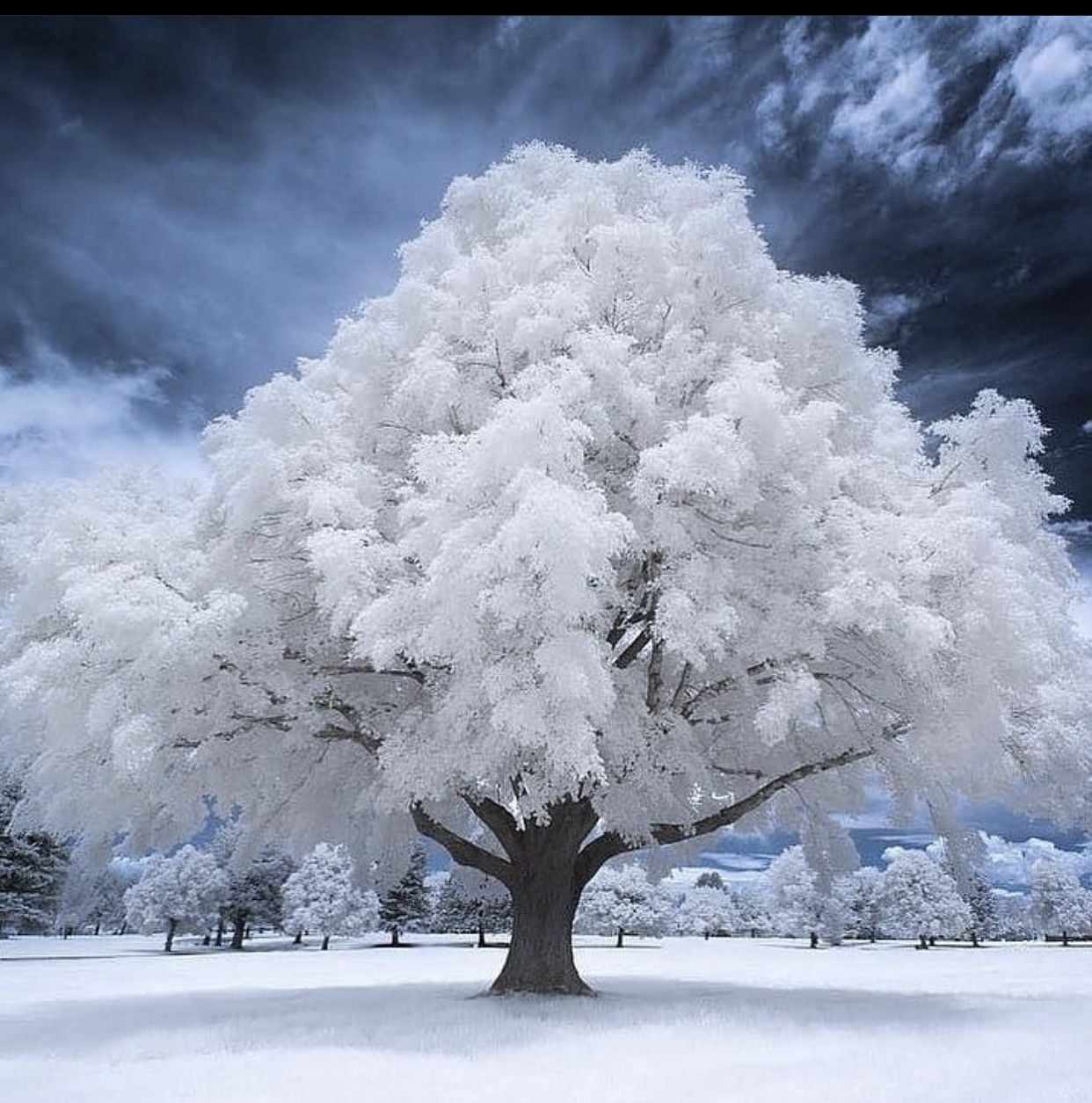

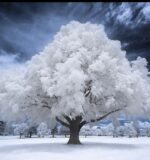

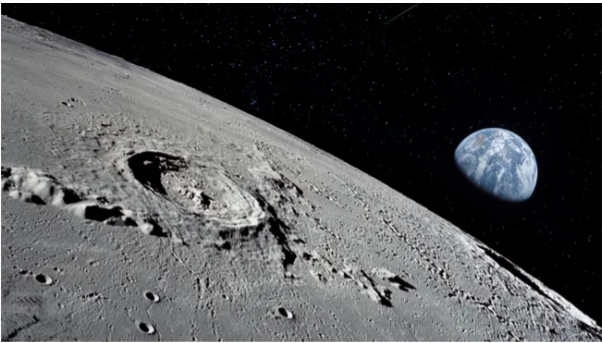
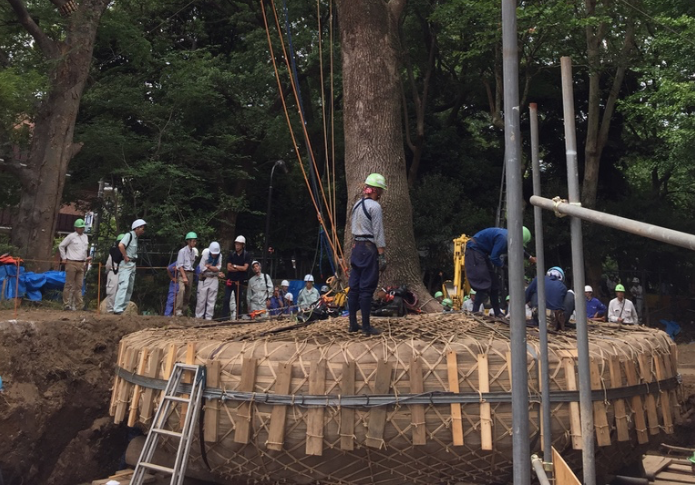
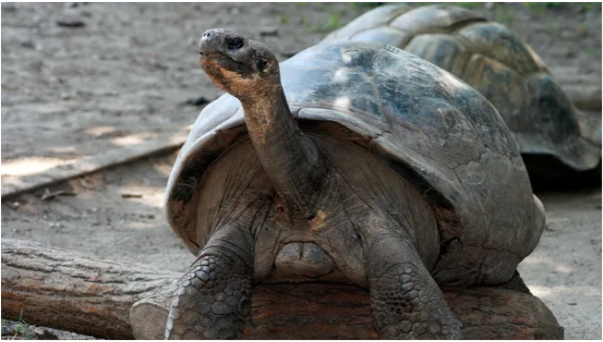
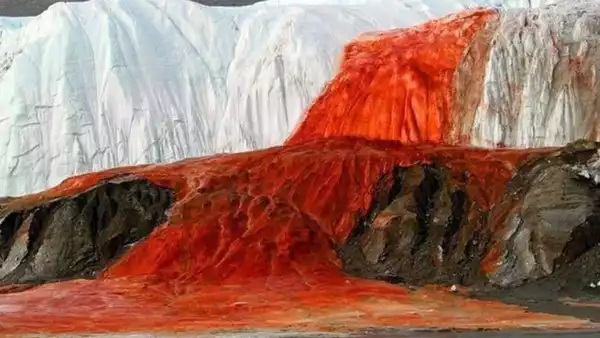
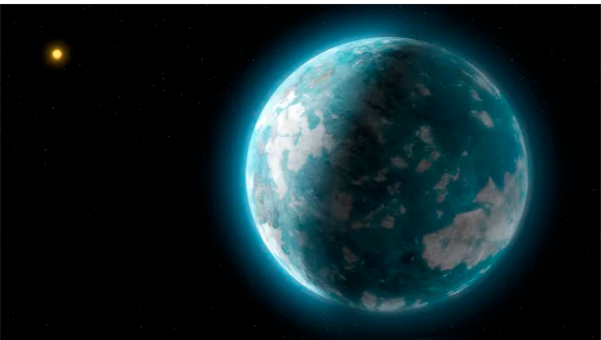
 Photographer Finds Locations Of 1960s Postcards To See How They Look Today, And The Difference Is Unbelievable
Photographer Finds Locations Of 1960s Postcards To See How They Look Today, And The Difference Is Unbelievable  Hij zet 3 IKEA kastjes tegen elkaar aan en maakt dit voor zijn vrouw…Wat een gaaf resultaat!!
Hij zet 3 IKEA kastjes tegen elkaar aan en maakt dit voor zijn vrouw…Wat een gaaf resultaat!!  Scientists Discover 512-Year-Old Shark, Which Would Be The Oldest Living Vertebrate On The Planet
Scientists Discover 512-Year-Old Shark, Which Would Be The Oldest Living Vertebrate On The Planet  Hus til salg er kun 22 kvadratmeter – men vent til du ser det indvendigt
Hus til salg er kun 22 kvadratmeter – men vent til du ser det indvendigt  Superknepet – så blir snuskiga ugnsformen som ny igen!
Superknepet – så blir snuskiga ugnsformen som ny igen!  Meteorite That Recently Fell in Somalia Turns Out to Contain Two Minerals Never Before Seen on Earth
Meteorite That Recently Fell in Somalia Turns Out to Contain Two Minerals Never Before Seen on Earth  Nearly Frozen Waves Captured On Camera By Nantucket Photographer
Nearly Frozen Waves Captured On Camera By Nantucket Photographer  It’s Official: Astronomers Have Discovered another Earth
It’s Official: Astronomers Have Discovered another Earth 